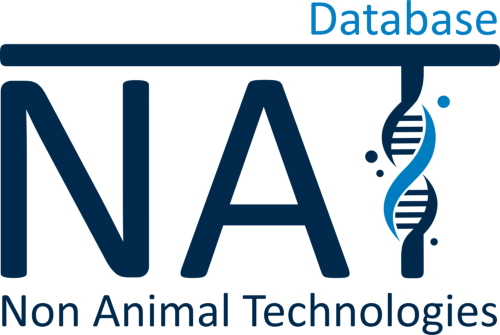Black phosphorus used for artificial intelligence
2019
RMIT University, Melbourne, Australia
Layered black phosphorus (BP), a promising 2D material, tends to oxidize under ambient conditions. New opportunities arise from intrinsic BP defects: It is the only material with the ability to distinguish between UV-A and UV-B radiation, thus having tremendous implications for skin health management. The same setup is utilized to show an optically stimulated mimicry of synaptic behaviour. It mimics action potentials, analogous to the neuronal activities triggered by optical stimuli in biological neurons. As such, few-layers BP renders mimicry of different synaptic functions in biological neurons and light-sensitive cells, such as retinal ganglion cells. This provides new possibilities in neuromorphic computing. Furthermore, it is shown that serially connected devices can perform digital logic operations using light. Thus, a BP-based electronic chip mimicking the human brain that uses light to create and modify memories could be created.
Multifunctional optoelectronics via harnessing defects in layered black phosphorus
Taimur Ahmed, Sumeet Walia
Added on: 07-09-2020
[1] https://onlinelibrary.wiley.com/doi/abs/10.1002/adfm.201901991[2] https://www.bionity.com/en/news/1161983/electronic-chip-mimics-the-brain-to-make-memories-in-a-flash.html





